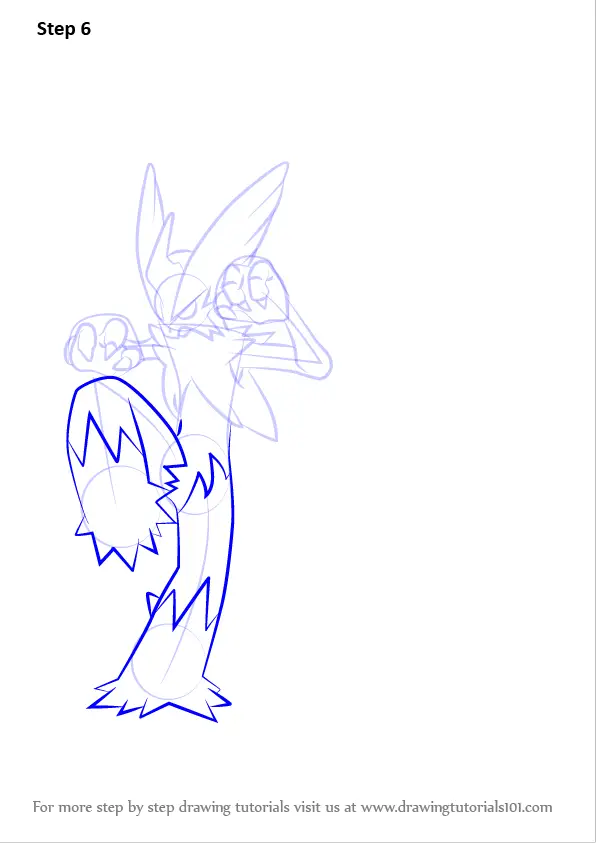Acceleration velocity
Table of Contents
Table of Contents
If you’ve ever had to draw a velocity and acceleration diagram, you know that it can be a challenging task. Without proper guidance and understanding of the topic, it can be intimidating to take on or even comprehend. However, with a little bit of knowledge and a few helpful tips, drawing a velocity and acceleration diagram can be a simple and accessible project.
Many individuals struggle with how to draw velocity and acceleration diagrams, especially those who are not familiar with the field of physics or have little experience in mechanics. Drawing these diagrams requires a certain level of understanding and skill, which can be difficult to acquire without the right resources.
To draw a velocity and acceleration diagram, you first need to understand the basics of motion and the relationship between displacement, velocity, and acceleration. Once you have a solid foundation, you can begin to tackle the drawing process confidently.
In summary, to draw a velocity and acceleration diagram, one must first understand the basics of motion and displacement, velocity, and acceleration. From there, the drawing process can begin by following a few simple steps. These steps will ensure that the diagram is accurate, accessible, and easy to read.
How to draw velocity and acceleration diagram - A Personal Experience
When I first learned how to draw a velocity and acceleration diagram, I was intimidated by the task at hand. I had minimal experience with the topic, and the thought of creating a diagram seemed daunting. However, with the help of a physics tutor and a few helpful resources, I was able to grasp the concept quickly.
One of the most important things that I learned was the relationship between displacement, velocity, and acceleration. Without a solid understanding of these concepts, drawing a velocity and acceleration diagram can be difficult. I also learned to break down the steps of the drawing process into smaller, more manageable pieces. This allowed me to construct the diagram accurately while avoiding confusion and mistakes.
Understanding Displacement, Velocity, and Acceleration
Displacement refers to the difference in position of an object between two points in time. It is a vector quantity that can be represented by an arrow pointing from the start point of an object to its end point. Velocity refers to how fast an object is moving in a particular direction, while acceleration refers to how quickly an object’s velocity changes.
When drawing a velocity and acceleration diagram, it is important to start with a clear understanding of these concepts. Begin by identifying the object’s starting position and ending position, as well as the object’s initial velocity and final velocity. From there, you can calculate the acceleration and begin constructing the diagram.
Tips for Drawing a Velocity and Acceleration Diagram
When drawing a velocity and acceleration diagram, there are a few helpful tips that can make the process easier. First, it is essential to break the steps down into smaller parts, such as calculating the acceleration and identifying the object’s starting and ending positions. This helps to ensure that the diagram is accurate and easy to read.
Second, use clear and concise labels for all arrows and vectors in the diagram, making it easy to interpret. Third, take your time and double-check each step as you go to avoid mistakes or confusion. Finally, utilize resources such as online tutorials, textbooks, or tutors to help you understand the concepts and techniques behind drawing a velocity and acceleration diagram.
Key Takeaways
Drawing a velocity and acceleration diagram can be a challenging task, but with the right resources and techniques, it can be an accessible and simple project. Start by understanding the basic concepts of displacement, velocity, and acceleration, break the process down into smaller steps, and take your time to double-check each part of the diagram. With these tips and techniques, anyone can create an accurate and easy-to-read velocity and acceleration diagram with confidence.
Question and Answer
Q: What is a velocity and acceleration diagram used for?
A: A velocity and acceleration diagram is used to visually represent an object’s motion and calculate its displacement, velocity, and acceleration.
Q: What are some common mistakes when drawing a velocity and acceleration diagram?
A: Common mistakes when drawing a velocity and acceleration diagram include forgetting to label arrows accurately, incorrect calculations of acceleration, and forgetting to identify starting and ending positions.
Q: How can I improve my understanding of displacement, velocity, and acceleration?
A: You can improve your understanding of displacement, velocity, and acceleration by utilizing online resources, textbooks, or a physics tutor. Additionally, practicing the concepts through real-world examples and exercises can improve your comprehension.
Q: Why is it important to understand the basics of motion before drawing a velocity and acceleration diagram?
A: It is important to understand the basics of motion before drawing a velocity and acceleration diagram because it provides a foundation for understanding displacement, velocity, and acceleration, which are the fundamental concepts of the diagram. Having this foundation ensures that the diagram is accurate and easy to interpret.
Conclusion of How to Draw Velocity and Acceleration Diagram
Drawing a velocity and acceleration diagram can be a daunting task, but with the right knowledge and techniques, anyone can create an accurate and easy-to-read diagram with confidence. Understanding the basics of motion and the relationship between displacement, velocity, and acceleration is essential when tackling this task. Remembering to break down the steps into manageable parts, use clear labels, and double-check each step ensures that your diagram is accurate and easy to interpret. By following these tips and techniques, you can tackle drawing a velocity and acceleration diagram with ease.
Gallery
Displacement And Velocity : AskPhysics

Photo Credit by: bing.com / velocity position graph acceleration graphs displacement
Velocity And Acceleration Diagram Of Whitworth - YouTube

Photo Credit by: bing.com / acceleration velocity
How To Draw Acceleration Diagram Pdf - Drawing Video

Photo Credit by: bing.com / acceleration diagram bar four mechanism draw pdf lecture
Mechanical Engineering - How To Draw The Velocity And Acceleration

Photo Credit by: bing.com / acceleration velocity diagrams rod there engineering between connecting draw if mechanical pins begingroup
This Is A Picture Of Acceleration Being Displayed In A Motion Diagram

Photo Credit by: bing.com / acceleration diagram motion science velocity physical speed physics being displayed atoms






